
A father holds his son after crossing a river after landslides and floods in West Sumatra, Indonesia, Feb. 9, 2016.
Bangkok, 01 Jumadil Akhir 1437/10 March 2016 (MINA) – The Asia-Pacific region continued to be the world’s most disaster prone region in 2015, with more than US$45 billion in damage to countries, according to a new report by United Nations Economic and Social Commission for Asia and the Pacific, ESCAP.
The report says that the region accounted for over half the world’s 344 disasters in 2015, resulting in over 16,000 deaths and 59 million people affected. The cost of economic damage to countries in the region was more than US$45 billion, although that figure would be much higher if indirect losses were included. South Asia was the hardest hit, recording 52 disasters and over 14,000 deaths, with most deaths attributed to the 7.6 magnitude earthquake that hit Nepal in April 2015.
The “Disasters in Asia and the Pacific: 2015 Year in Review” warns that the region’s burgeoning cities may not be adequately equipped to tackle urban disasters that occur more frequently and with greater intensity. Over 700 million people in the region live in cities at ‘extreme’ or ‘high’ disaster risk, and by 2030, this number could reach one billion. Rapid population expansion and the resulting depletion of ecological buffers, such as wetlands and water bodies, are a significant concern, says the report.
It further notes that in many big cities in Asia-Pacific, much of the infrastructure is outdated and built without adequate attention to disaster resilience, Mi’raj Islamic News Agency (MINA) quoted WAM as reporting.
Also Read: Paul Pogba and Hakim Ziyech Among Athletes Urging UEFA to Boycott Israel
Last year, the urban centres of Bangladesh, India, Indonesia and Japan were affected by severe floods, while Kathmandu bore the brunt of the economic damage from the Nepal earthquake.
The report says that widespread floods in Chennai, India in December 2015 illustrate the common challenges faced by many big cities. With the ecological buffers depleted over time by rapid, unplanned urbanisation, the floods inundated critical infrastructure, disrupted power networks and waterlogged major city roads.
Economic damage and loss from the floods in Chennai have been estimated at more than US$10 billion. The report calls for a shift in the urban governance paradigm, from a response-recovery approach to a risk-sensitive development approach.
According to the report, a prolonged El Nino phenomenon last year drew attention to neglected and often forgotten slow-onset disasters by severely exacerbating effects of heat waves, forest fires, haze, and droughts. 2015 was the hottest year on record and Pakistan and India reported more than 3,400 fatalities from a searing heatwave.
Also Read: Sudan Reaffirms Partnership with WFP Despite Expulsion of Officials
Drought caused serious water and food shortages in much of South and South-East Asia and several fatalities in the Pacific. Reservoirs in some countries were at critically low levels and millions of hectares of crops were destroyed.
The report notes that policymakers have an opportunity to rethink how drought is managed. Rather than dealing with the drought only when it becomes an emergency, it should be addressed from a long-term perspective to protect livelihoods.
To build a resilient Asia-Pacific, the report further calls for increased focus on risk-sensitive development, and stronger regional cooperation for managing trans-boundary disasters. It advocates capitalising on emerging technologies such as UAVs, unmanned aerial vehicles, for disaster management, but stresses the need to establish regulatory standards for effective use of these technologies.(R07/R01)
Mi’raj Islamic News Agency (MINA)
Also Read: Türkiye Urges Israel to Match Hamas’ Constructive Steps Toward Permanent Gaza Ceasefire









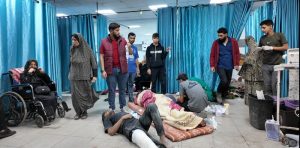
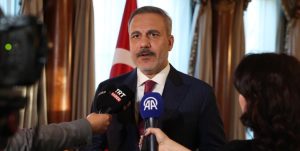





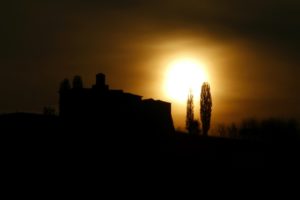
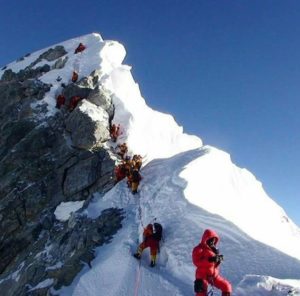



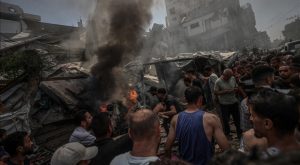

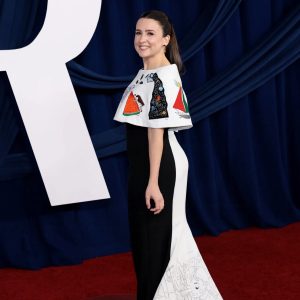







 Mina Indonesia
Mina Indonesia Mina Arabic
Mina Arabic